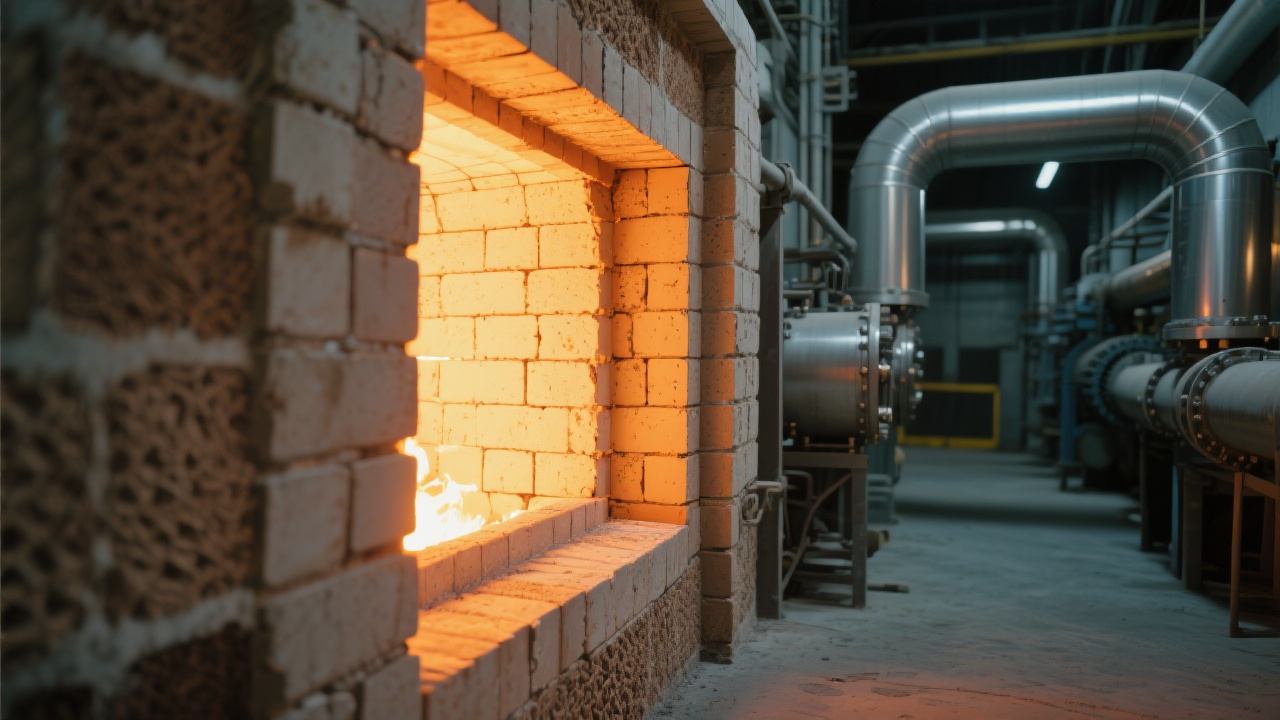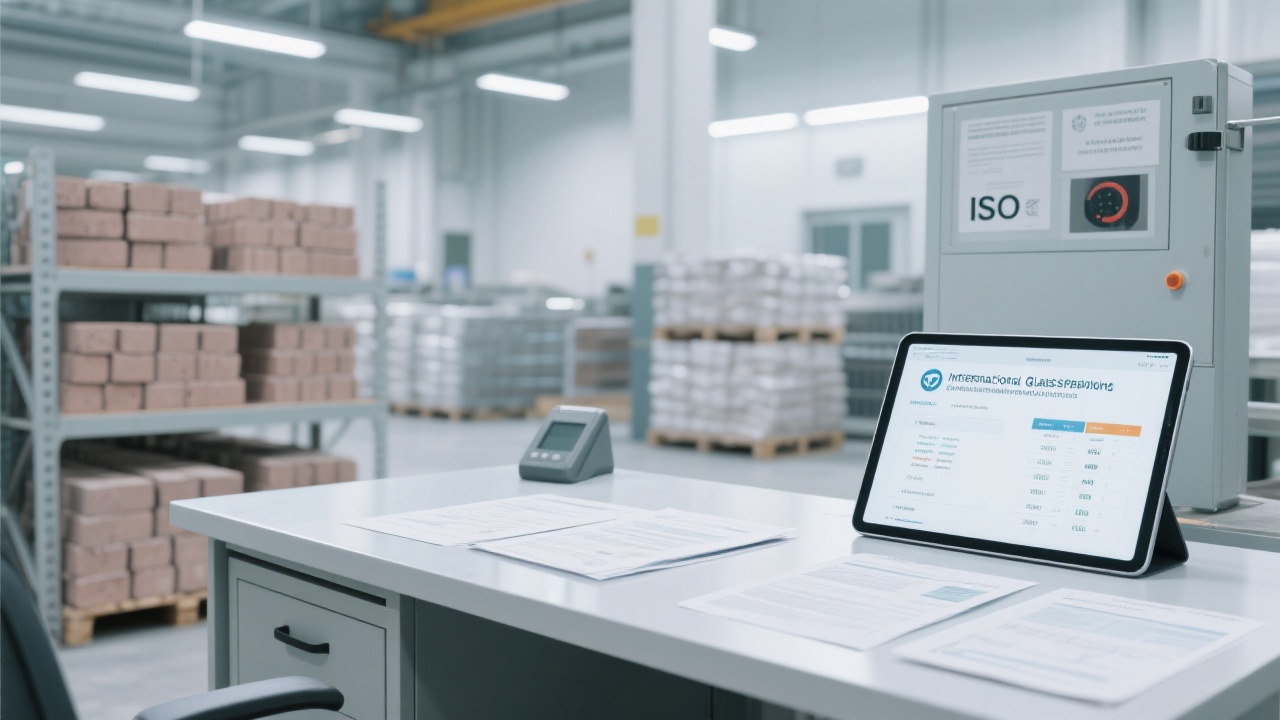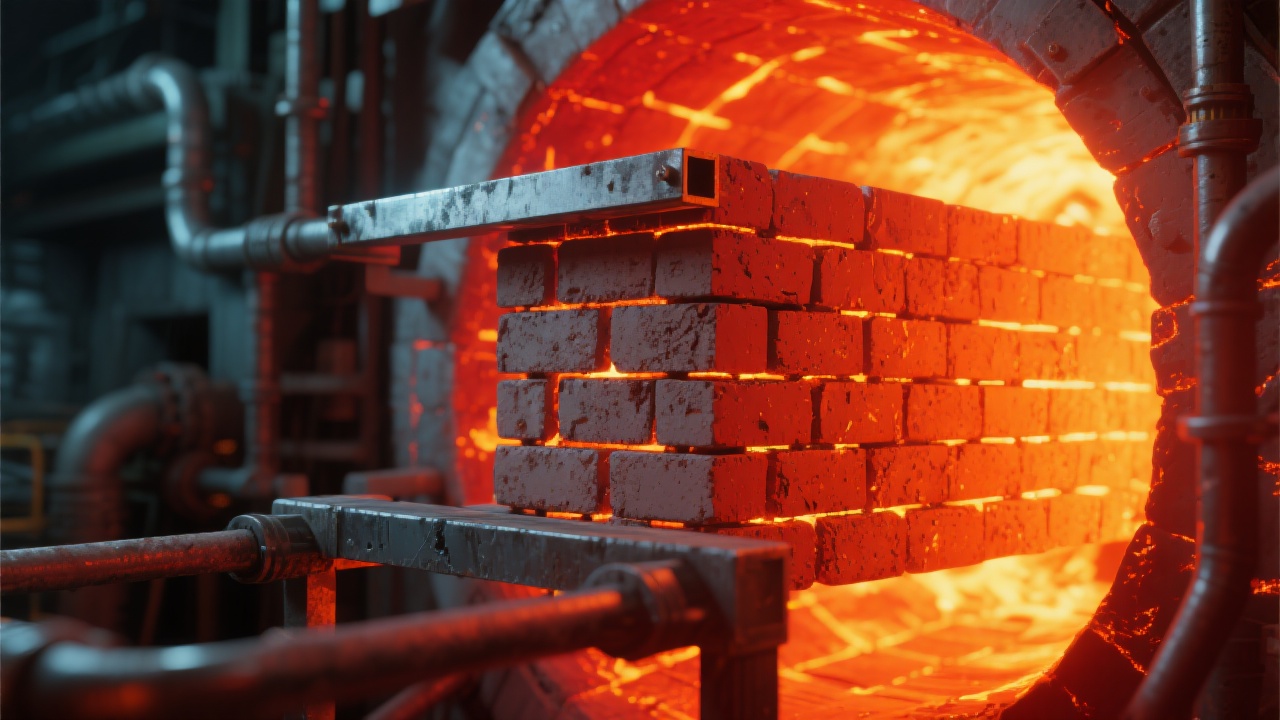
In the high-temperature chemical processes, refractory materials play a crucial role. Selecting inappropriate refractory materials can lead to a series of serious consequences. For example, insufficient refractory performance may result in equipment damage, production interruptions, and increased maintenance costs. According to industry statistics, improper refractory material selection can cause production efficiency to drop by about 20% and increase maintenance costs by 30%.

Corundum bricks are mainly composed of corundum, which endows them with excellent performance. They can be classified into different types according to their chemical composition and crystal structure, such as sintered corundum bricks and fused corundum bricks. Sintered corundum bricks have high density and strength, while fused corundum bricks have better thermal shock resistance.
One of the most remarkable features of corundum bricks is their high refractoriness. They can withstand temperatures of up to 1800°C, making them suitable for extremely high-temperature environments in chemical processes. In addition, corundum bricks have excellent chemical stability, which can resist the erosion of various chemical substances, such as acids, alkalis, and molten metals.
Corundum bricks have a wide range of applications in various chemical equipment. In blast furnaces, they are used as lining materials to withstand high temperatures and the erosion of molten iron and slag. In chemical reactors, corundum bricks can protect the reactor walls from chemical corrosion and high-temperature damage, ensuring the normal operation of the reaction.

Let's take a look at some real application cases. A chemical company in the United States replaced the original refractory bricks in its blast furnace with corundum bricks. After the replacement, the service life of the furnace lining was extended from 1 year to 3 years, and the production efficiency increased by 15%. Another chemical plant in Germany used corundum bricks in its chemical reactor. As a result, the corrosion rate of the reactor wall decreased by 50%, and the maintenance cost was significantly reduced.
Compared with other refractory materials on the market, such as clay bricks and high-alumina bricks, corundum bricks have obvious advantages. The following table shows a comparison of the main performance indicators:
| Refractory Material | Refractoriness (°C) | Chemical Stability | Thermal Shock Resistance |
|---|---|---|---|
| Corundum Bricks | 1800 | Excellent | Good |
| Clay Bricks | 1300 - 1500 | Average | Poor |
| High-Alumina Bricks | 1500 - 1700 | Good | Average |
As can be seen from the table, corundum bricks have the highest refractoriness and the best chemical stability, which makes them the preferred choice for high-temperature chemical processes.
When selecting corundum bricks, chemical enterprises should consider their specific application scenarios and performance requirements. For example, if high refractoriness is the primary requirement, fused corundum bricks may be a better choice. If chemical stability is more important, sintered corundum bricks may be more suitable.
In terms of procurement channels, chemical enterprises can choose reliable suppliers through industry exhibitions, online platforms, and referrals from other companies. It is recommended to choose suppliers with a good reputation, rich experience, and strong technical strength to ensure the quality of corundum bricks.

In conclusion, high-temperature refractory corundum bricks have excellent performance and wide application prospects in chemical processes. By choosing the right corundum bricks and reliable procurement channels, chemical enterprises can improve production efficiency, reduce costs, and create a more efficient and safe high-temperature working environment. Do you have any questions about the selection and procurement of corundum bricks? Feel free to contact us for more information!


